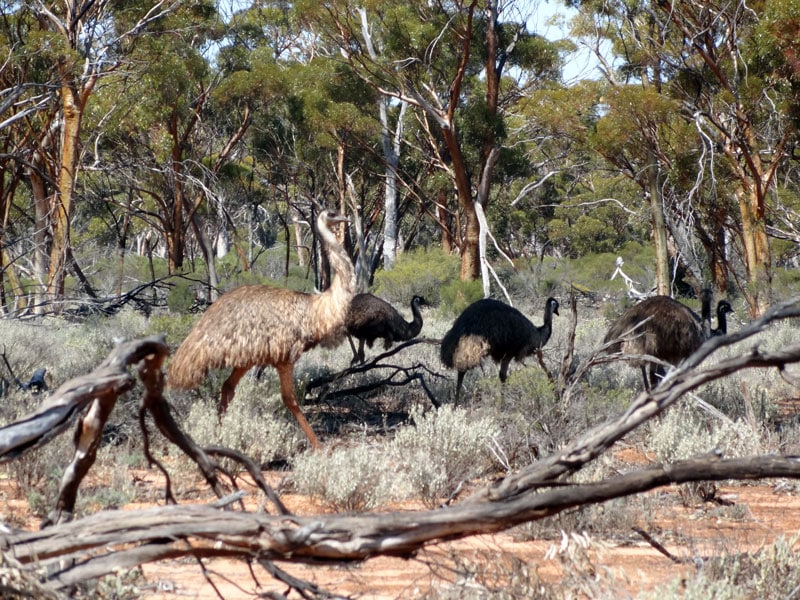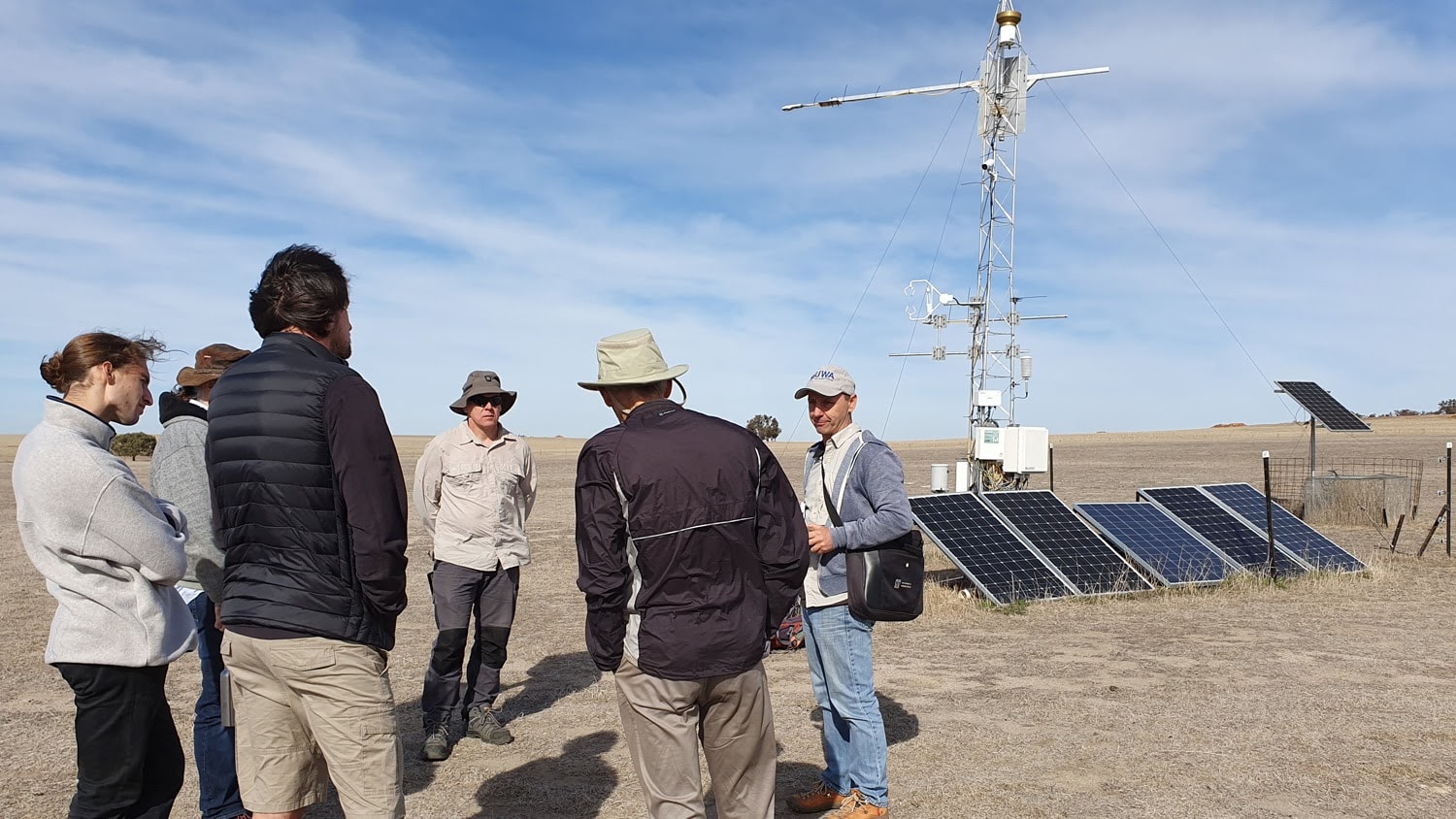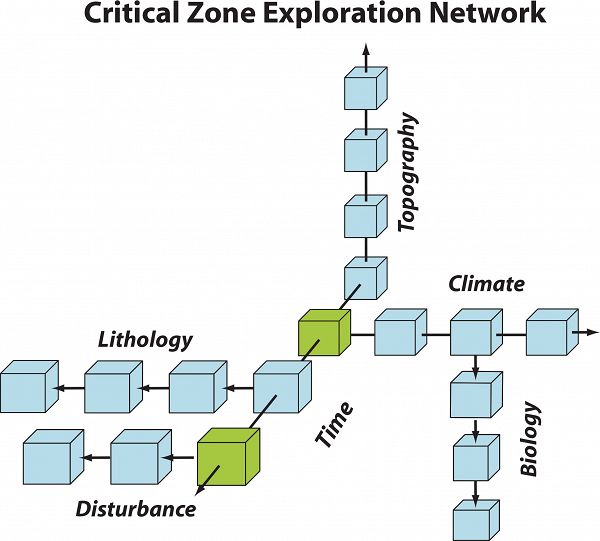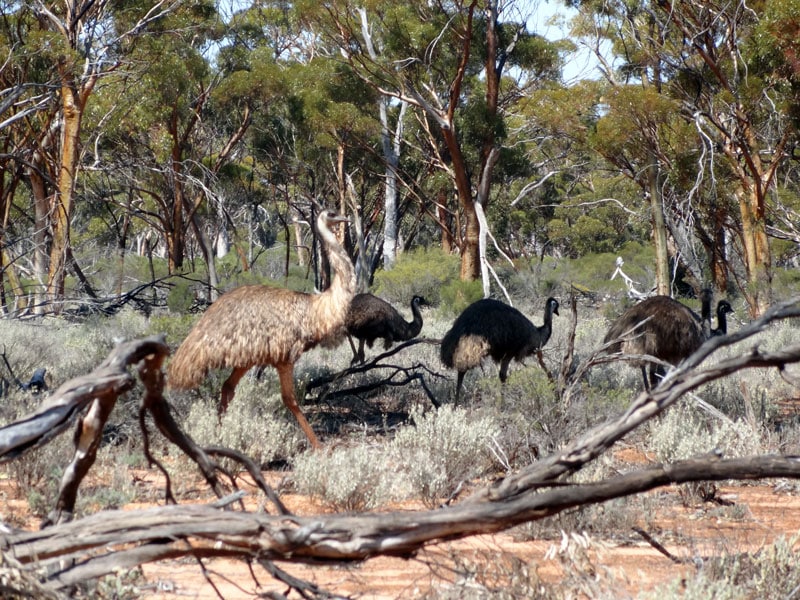An interdisciplinary team is developing Australia’s first Critical Zone Observatories Strategy — the first step towards providing a robust, long-term framework for more effective and collaborative Critical Zone Science.
Earth’s outer skin—where water, atmosphere, ecosystems, soil and rock interact—regulates the environment and determines the availability of life-sustaining resources. But how resilient is this Critical Zone to growing human impact?
An interdisciplinary team is working to help scientists answer this question for the Australian context by developing the nation’s first Critical Zone Observatories (CZO) Strategy — the first step towards providing a robust, long-term framework for more effective and collaborative Critical Zone Science (CZS).
What is the Critical Zone? And why is this portion of our planet is so important? (Video: University of Arizona)
Responding to national challenges
With the Australian population expected to double by 2066, demand for food, energy, space and minerals will increase dramatically — as will the pressure on Australia’s diverse critical zone.
From inland deserts to coastal dunes, sensitive estuary environments and fertile agricultural soils, scientists are working hard to respond to these national challenges. Robust time-series data will help them predict how the critical zone will respond to future human impacts.
At the same time, researchers in sustainability, economics, agriculture, food and climate science are drawing on these data to help Australians adapt and live within changing biophysical limits.
But, according to Dr Beryl Morris of TERN, Australia has infrastructure gaps, and collaboration across the domains nationally, and internationally, is not as advanced as it could be:
“We have good investment in observation, monitoring and data infrastructures via NCRIS. AuScope and TERN are at the forefront, but the mechanisms for integration to become the Southern Hemisphere leader within the international CZS community are not developed yet.
Our measurement and monitoring of Australia’s Critical Zone is less than optimal to sufficiently forecast its complex response to growing direct and climate-related human impact, impairing our ability to make informed management decisions and adapt to its capacity to sustain all that relies upon it.”
Dr Beryl Morris, TERN
Developing a strategy
Dr Morris and a working group of scientists from TERN, AuScope and the universities in Western Australia, South Australia, Queensland and New South Wales aim to build on Australia’s existing critical infrastructures with a national CZO strategy that addresses national infrastructure gaps and connects Australia globally.
The CZO strategy will seek to implement state-of-the-art environmental sensor technology, but it also aims for a flexible and adaptable scheme that will actively support innovation for improving the quality and long-term stability of CZO observations. It will also tackle the issue of data assimilation across diverse fields of bioacoustics research and develop data support for predictive model generation.

Combining perspectives
Just like the critical zone itself, the Australian CZO initiative is interdisciplinary, combining perspectives from experts on all layers of the critical zone: from lower atmosphere in contact with the trees down to unweathered bedrock.
Speaking of the surface environment, Dr James Cleverly of TERN and the University of Technology Sydney says:
“TERN sites provide detailed data on atmospheric exchanges,
vegetation and soil processes in representative ecosystems,
essential for science on the above ground component of the critical zone.A national strategy will improve the ability for scientists from different domains to join forces, collaborate, co-locate monitoring equipment across domains and contribute effectively to answering Australian environmental resilience questions.”
Dr Jamie Cleverly, University of Technology Sydney
Of the soil horizon, Dr David Chittleborough from the University of Adelaide comments:
“Considering the planetary warming trend, we can expect increasing pressure on underground water reservoirs and we need to ask questions of sustainability. How resilient is our food supply system and native vegetation to greater human stresses on these water sources?
A CZO will provide the means of integrating hydrology across the subsurface, vegetation and atmosphere.”
Dr David Chittleborough, University of Adelaide

Representing groundwater science, Dr Martin Andersen from the NCRIS Groundwater program and University of New South Wales explains:
Representing groundwater science, Dr Martin Andersen from the NCRIS Groundwater program and University of New South Wales explains:
“The installation of underground sensing and sampling devices as part of an integrated CZO gives us the opportunity to measure physical properties of the subsurface and changes to groundwater systems as a result of human activities and interactions with the atmosphere, climate and native vegetation.
In this context measurements of groundwater levels provide a long-term integration of the hydrologic condition of the CZO.”
Dr Martin Andersen, University of New South Wales
Finally, Dr Tim Rawling, CEO of AuScope, comments on the importance of integrated approaches to CZS and the deepest geological CZS layer:
“The magic happens at the interface between rock and sky. This is the space we inhabit as humans, where the oxygen we breathe is formed and the food we require grows.
Geologists in particular forget how important our science is in this equation, focussed as we are on changes through deep time, our involvement in critical zone science allows us to reconsider the impact the solid earth has on shaping our very existence.”Dr Tim Rawling, AuScope
Next steps
We want to hear about how a CZO approach in Australia will benefit the research of scientists working across Australia in CZS — atmospheric, environmental, soil, water and regolith scientists alike. If you have expertise to contribute to building Australia’s first CZO strategy, please register your interest here and we will be in touch with next developments.
In the meantime, keep up to date with TERN and AuScope online.








